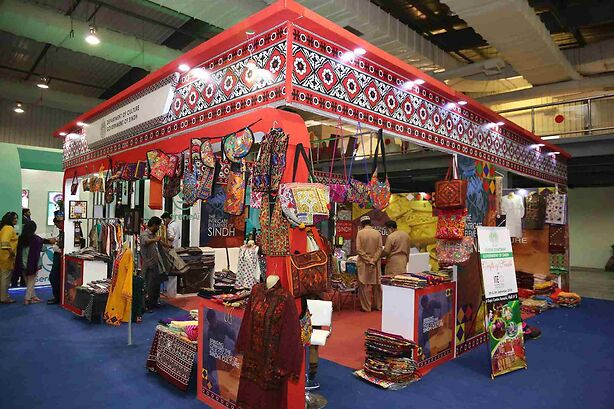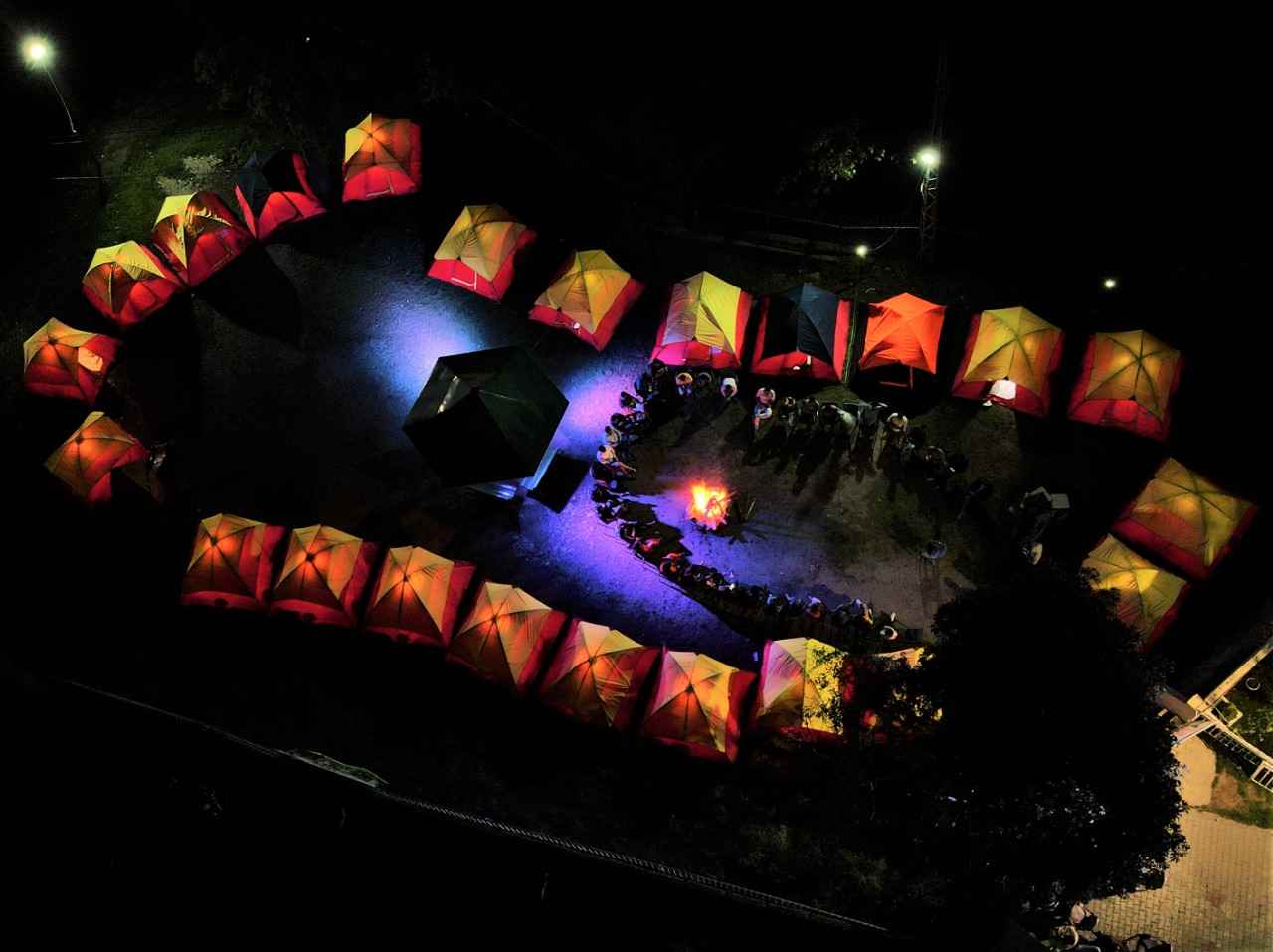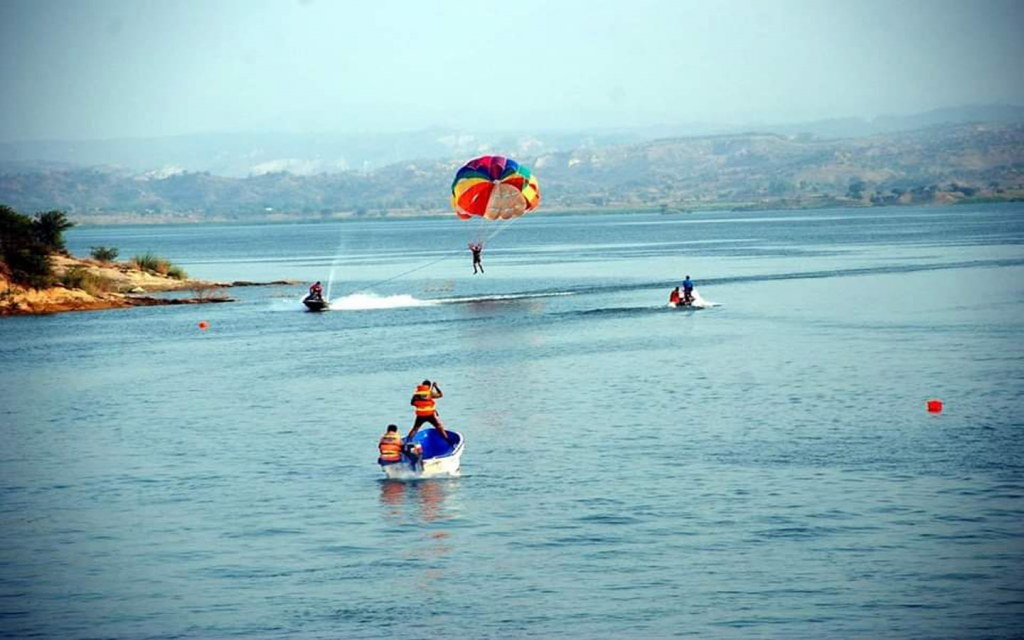Punajb
Celebration Of Life
Description
What does it take for a civilization to be born…! It needs abundant rivers teeming with life and serving as pathways to trade… It needs fertile plains, hospitable valleys, and temperate weather. There are very few places in the world that have all of it…
And even fewer that have given birth to and witnessed those civilizations flourish, prosper and forever change the history of mankind!
The 7,000 years old Mehrgarh Civilization, 5,000 years old Indus Valley or Harappan Civilization and 2,500 years old Gandhara Civilization have one thing in common… They all began in Pakistan!
The Harappan Civilization, also known as the Indus Valley Civilization, was born on the vast plains of Indus River and its tributaries, including the dry bed of Hakra river in Cholistan and its adjoining territories. It was at its zenith in the ancient town of Harappa near modern day Sahiwal in Punjab. At its peak, the Harappan Civilization was twice the size of the Egyptian and Mesopotamian Civilizations combined.
Several centuries later, Taxila, also known as Takshashila, was a metropolis of the Gandhara Civilization. It was strategically located at the pivotal junction of a trade route that connected India to Central Asia and the Silk Road to China which provided a passage to the west. The ancient Greek historian, Megasthenes mentioned this junction as the “Royal Highway”.
As the wheel of time turned Taxila welcomed the Achaemenids, Greeks, Mauryans, Scythians, Parthians, Kushans, Huns and eventually the Muslims in Medieval Times.
Taxila was even visited by Alexander the Great and the Apostle St Thomas… But of course, for entirely different reasons… Greek historians accompanying Alexander described Taxila as “wealthy, prosperous and well governed.”
During the Kushan era, the Gandhara Civilization produced marvels in academia, culture, and architecture. The ancient University of Taxila became one of the first recorded centers of learning for Religious & Secular studies.
Today, this Archeological Complex consists of 18 locations of historical significance as listed by UNESCO under the world heritage umbrella in 1980.
But perhaps the greatest impact on this part of the world was made by the mighty Mughal dynasty that began with the reign of Babur in 1526 AD and had Bahadur Shah Zafar as its last sovereign until 1857.
The Mughals made a major contribution to the Indian subcontinent with the development of their unique Indo-Persian architecture. The Badshahi Masjid, Lahore Fort, Shalimar Gardens and The Tomb of Jahangir are but a few of the well-preserved marvels that greet hundreds of thousands of visitors every year.
Be it breathtaking cathedrals, large infrastructural projects or glorious examples of Neo Gothic architecture, the British Raj made its own, everlasting mark on the Punjab of today.
The artifacts and remnants of these civilizations have a place of pride at Harappa, Taxila and Lahore museums.
The magnificence of these sites must be seen to be believed. Come to Punjab and discover a time before time and witness… Living History!


Clear Sky 13.61° C
Fort Kohna Qasim Bagh, Multan


Clear Sky 14.06° C
Harappa, Sahiwal


Clear Sky 9.78° C
Mohra Muradu Monastery, Taxila
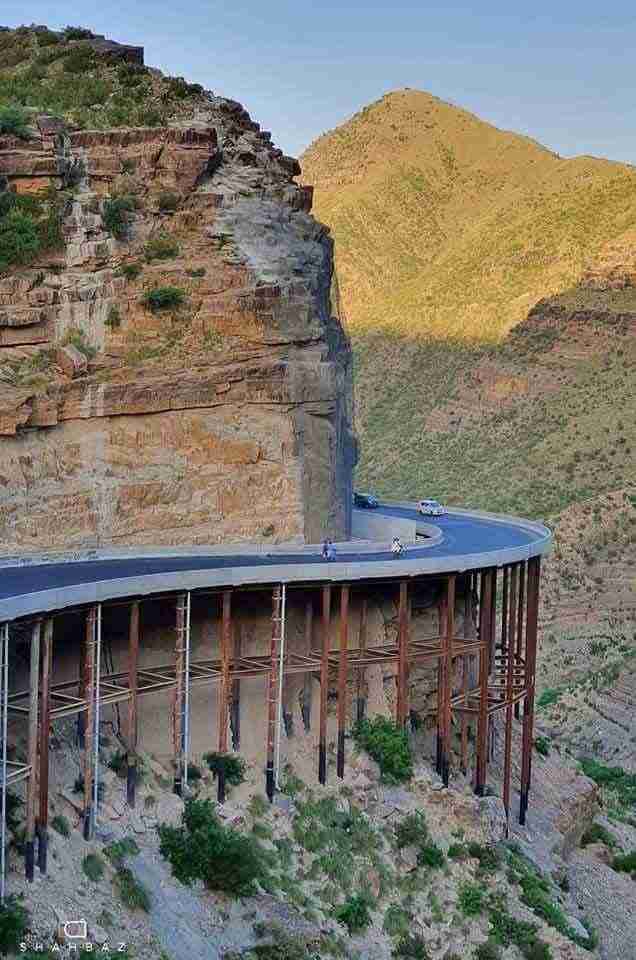

Clear Sky 13.16° C
Fort Munroe, Dera Ghazi Khan
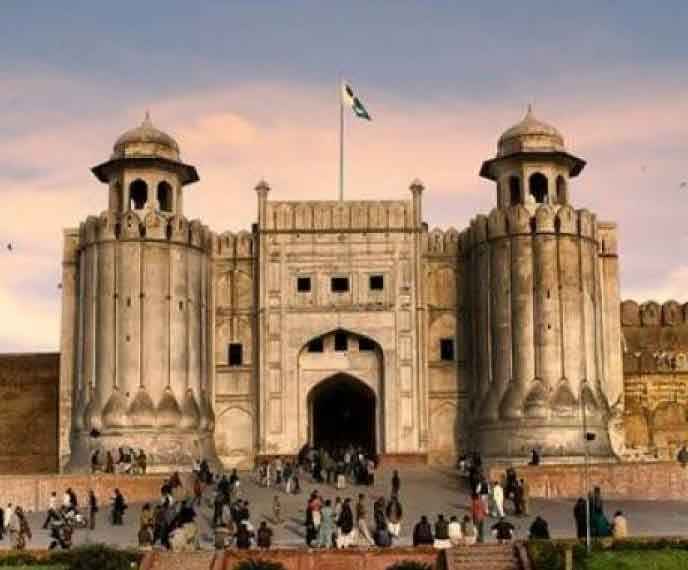

Clear Sky 13.16° C
Lahore Fort, Lahore


Clear Sky 12.74° C
Rohtas Fort, Jhelum


Clear Sky 13.16° C
Shalimar Gardens, Lahore
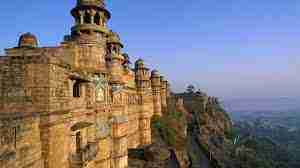

Clear Sky 10.64° C
Attock Fort, Attock


Clear Sky 15.72° C
Derawar Fort, Bahawalpur


Clear Sky 11.71° C
Malot Fort, Chakwal


Clear Sky 13.61° C
Multan Fort, Multan
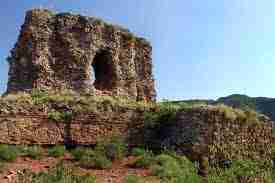

Clear Sky 12.49° C
Nanadana Fort, Baghan'wala


Clear Sky 10.17° C
Rawat Fort, Rawalpindi


Clear Sky 13.95° C
Remains of Depalpur Fort, Depalpur


Clear Sky 17.09° C
Remains of Islamgarh Fort, Islamgarh


Clear Sky 12° C
Sialkot Fort, Sialkot
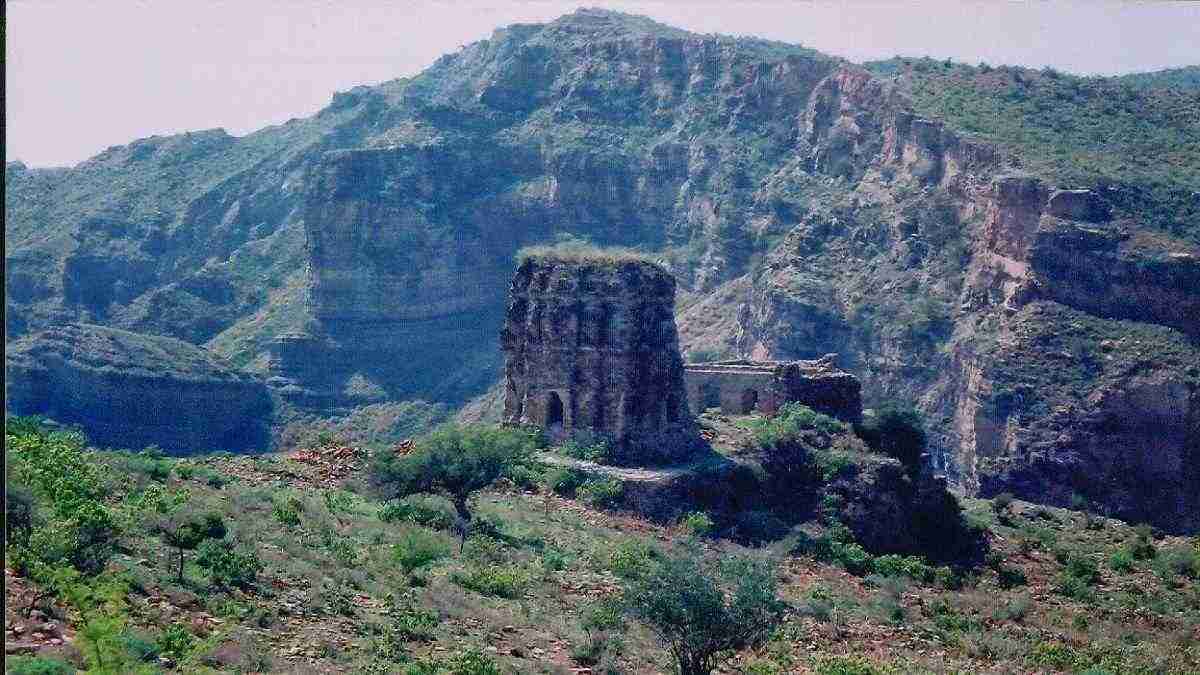

Clear Sky 12.74° C
Al-Beruni Heritage Trail, Jhelum
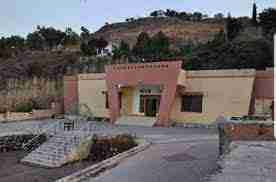

Clear Sky 11.71° C
Kallar Kahar Museum, Chakwal
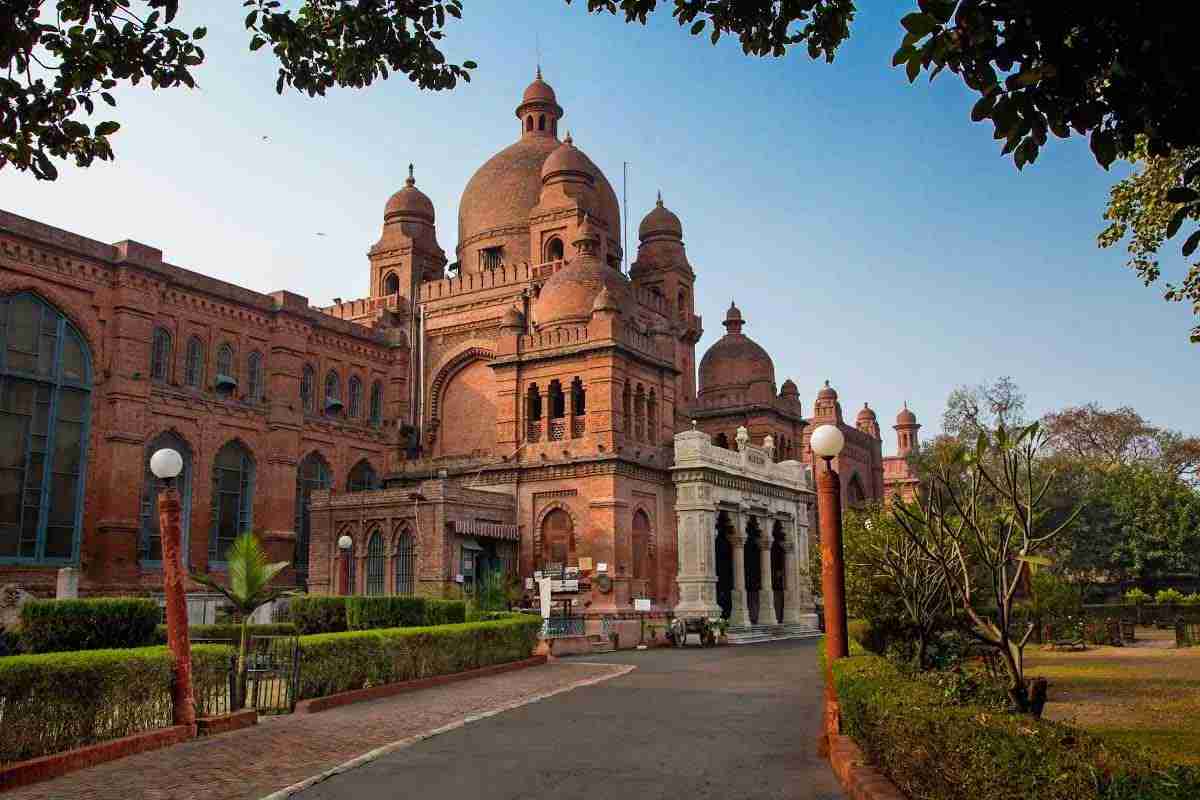

Clear Sky 13.16° C
The Lahore Museum, Lahore
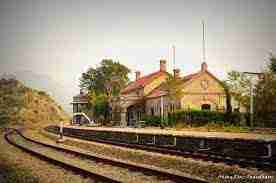

Clear Sky 10.64° C
Attock Khurd Museum, Attock


Clear Sky 15.72° C
Bahawalpur Museum, Bahawalpur


Clear Sky 13.16° C
Battle of Chillianwala Monument, Mandi Bahauddin


Clear Sky 10.17° C
Golra Museum, Rawalpindi
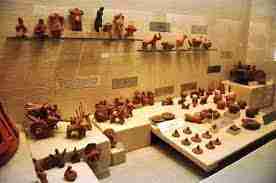

Clear Sky 14.53° C
Harappa Museum, Harappa


Clear Sky 13.16° C
National History Museum, Lahore


Clear Sky 19.39° C
Ram Pyari Museum, Gujrat


Clear Sky 9.78° C
Taxila Museum, Taxila


Clear Sky 13.61° C
Town Hall Museum, Multan


Clear Sky 15.72° C
Darbar Mahal, Bahawalpur


Clear Sky 15.72° C
Gulzar Mahal, Bahawalpur


Clear Sky 15.72° C
Noor Mahal, Bahawalpur


Clear Sky 13.83° C
Omar Hayat Palace, Chiniot


Clear Sky 13.61° C
Fort Kohna Qasim Bagh,Multan


Clear Sky 14.06° C
Harappa,Sahiwal


Clear Sky 9.78° C
Mohra Muradu Monastery,Taxila


Clear Sky 13.16° C
Fort Munroe,Dera Ghazi Khan


Clear Sky 13.16° C
Lahore Fort,Lahore


Clear Sky 12.74° C
Rohtas Fort,Jhelum


Clear Sky 13.16° C
Shalimar Gardens,Lahore


Clear Sky 10.64° C
Attock Fort,Attock


Clear Sky 15.72° C
Derawar Fort,Bahawalpur


Clear Sky 11.71° C
Malot Fort,Chakwal


Clear Sky 13.61° C
Multan Fort,Multan


Clear Sky 12.49° C
Nanadana Fort,Baghan'wala


Clear Sky 10.17° C
Rawat Fort,Rawalpindi


Clear Sky 13.95° C
Remains of Depalpur Fort,Depalpur


Clear Sky 17.09° C
Remains of Islamgarh Fort,Islamgarh


Clear Sky 12° C
Sialkot Fort,Sialkot


Clear Sky 12.74° C
Al-Beruni Heritage Trail,Jhelum


Clear Sky 11.71° C
Kallar Kahar Museum,Chakwal


Clear Sky 13.16° C
The Lahore Museum,Lahore


Clear Sky 10.64° C
Attock Khurd Museum,Attock


Clear Sky 15.72° C
Bahawalpur Museum,Bahawalpur


Clear Sky 13.16° C
Battle of Chillianwala Monument,Mandi Bahauddin


Clear Sky 10.17° C
Golra Museum,Rawalpindi


Clear Sky 14.53° C
Harappa Museum,Harappa


Clear Sky 13.16° C
National History Museum,Lahore


Clear Sky 19.39° C
Ram Pyari Museum,Gujrat


Clear Sky 9.78° C
Taxila Museum,Taxila


Clear Sky 13.61° C
Town Hall Museum,Multan


Clear Sky 15.72° C
Darbar Mahal,Bahawalpur


Clear Sky 15.72° C
Gulzar Mahal,Bahawalpur


Clear Sky 15.72° C
Noor Mahal,Bahawalpur


Clear Sky 13.83° C
Omar Hayat Palace,Chiniot
Places In Punjab Districts
Dress
Handicraft
Markets
Crops
Malls
Mosques
Temples
Shrines
Gurdwaras
Monasteries
Churches
Forts
Museums
Havelis
Walled-Cities
Leisure
Forests
Lakes
Waterfalls
Parks
Valleys
Traditional Dishes
Street Food
Sweets & Desserts
Desi Beverages
Farms & Dhabas
All
Filter
Dress
Handicraft
Markets
Crops
Malls
Mosques
Temples
Shrines
Gurdwaras
Monasteries
Churches
Forts
Museums
Havelis
Walled-Cities
Leisure
Forests
Lakes
Waterfalls
Parks
Valleys
Traditional Dishes
Street Food
Sweets & Desserts
Desi Beverages
Farms & Dhabas
Back to main Map
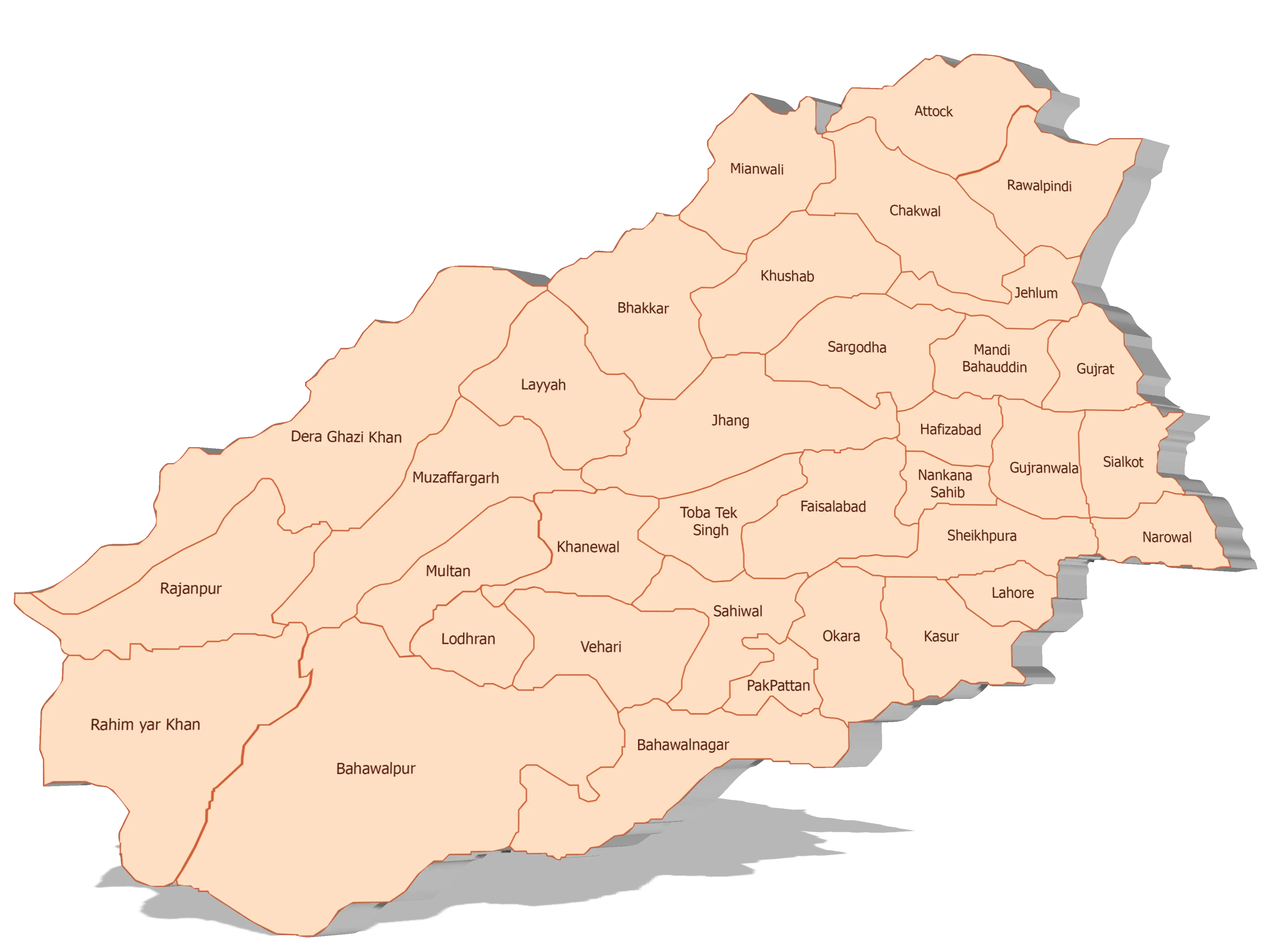
Upcoming Events

Apr,01 - Dec,02 9:30 AM
World Tourism Day in all TDCP’s Offices/Resorts
Murree, Rawalpindi, Punjab, Pakistan


